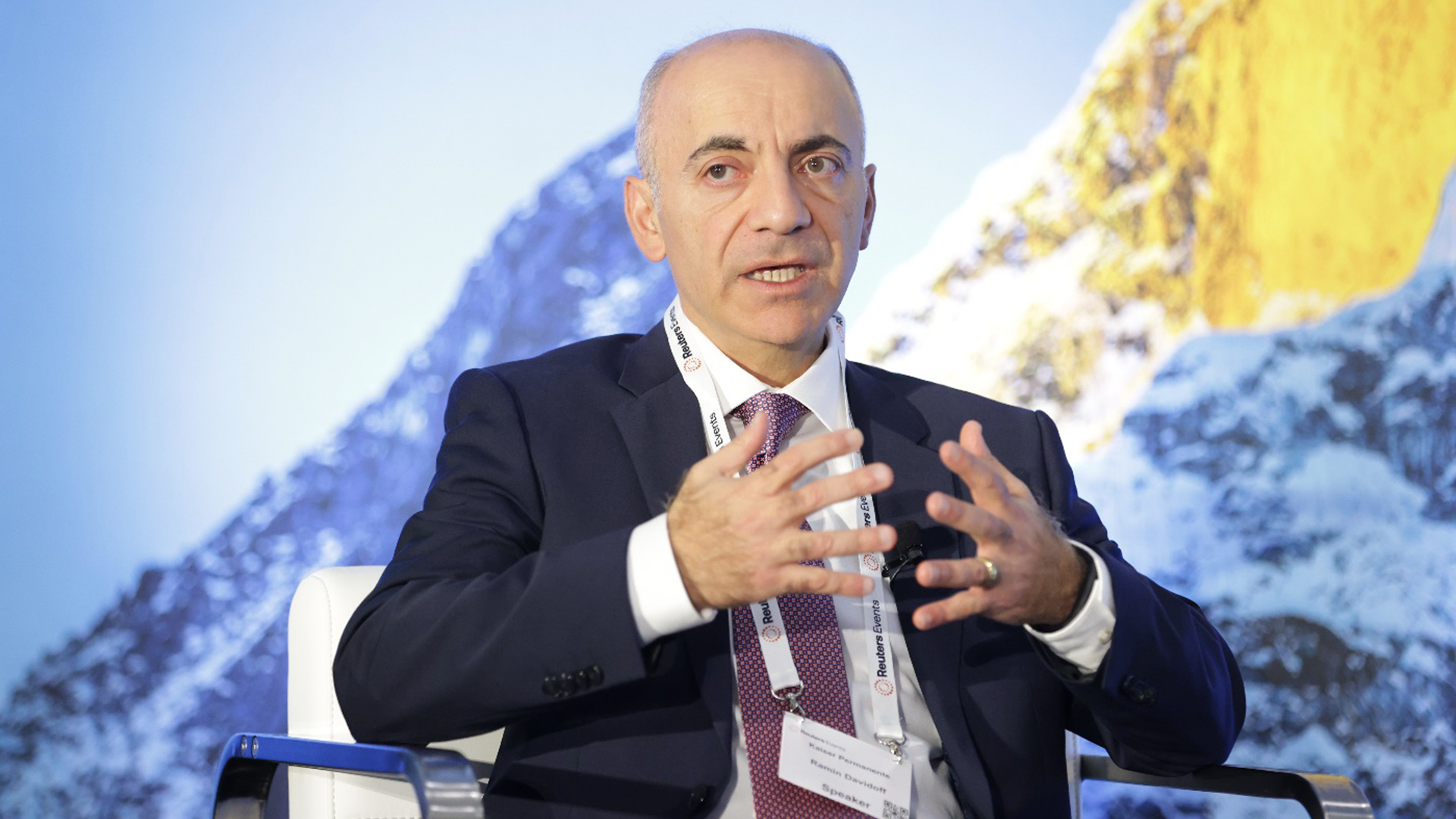Co-CEO of The Permanente Federation recognized for prioritizing physician wellness, improving care quality, and driving advancements in AI.
Kevin P. Stiles, MD, discusses dialysis options during COVID-19 pandemic
Kevin P. Stiles, MD, assistant area medical director and regional chief of Nephrology with Southern California Permanente Medical Group, shared his insights on dialysis options during the COVID-19 pandemic in a recent Kaiser Health News interview in the Los Angeles Times.
According to the story, there are 2 kinds of dialysis: hemodialysis and peritoneal dialysis. Hemodialysis is administered in a hospital or clinic (or sometimes at home) several times a week with a dialysis machine that clears waste and extra fluid from the blood before it is returned to the body.
Treatment centers that offer hemodialysis have stepped up their infection control procedures in response to COVID-19, said Dr. Stiles, who is based in Bakersfield, Calif. As a result, he said, visitors may no longer accompany patients, and patients must get temperature checks and wear masks during treatment.
Peritoneal dialysis is an at-home option that is self-administered daily, with a dialysis solution that cleanses waste from the body as it is washed into and out of the stomach through a catheter in the abdomen.
Not everyone is eligible for home dialysis, Dr. Stiles told the Los Angeles Times. Home dialysis requires patients or their caregivers to lift bags of dialysis solution that weigh 5 to 10 pounds, and good eyesight and hand dexterity are critical because patients must maintain sterile environments.
Note: To read the full story, visit the Los Angeles Times website.


